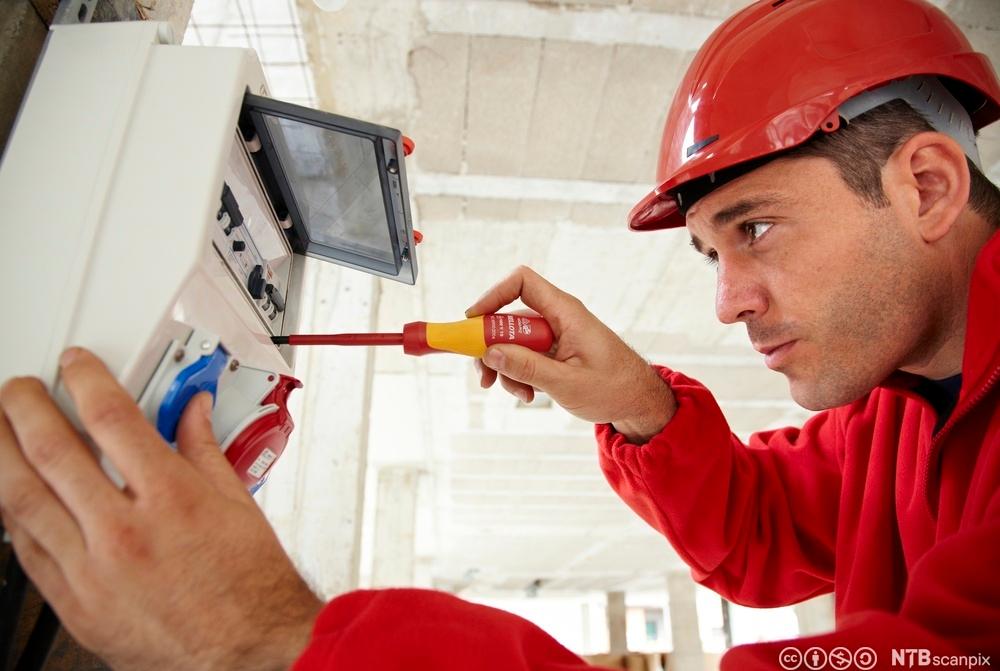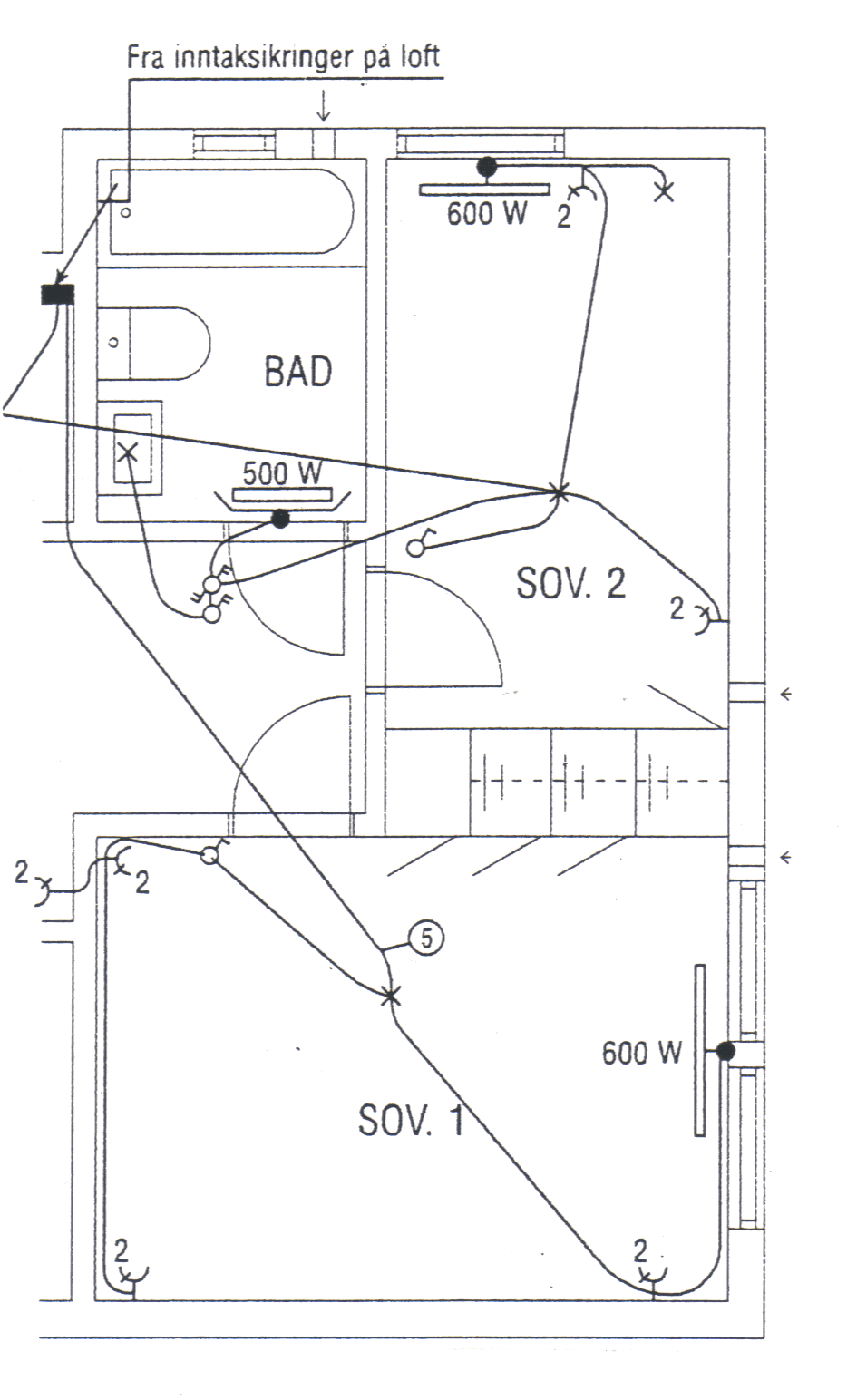House Wiring

House wiring

The construction of a new house will require cooperation from the different craftsmen involved in the process. For example, the architect and the electrician will have to combine their skills to provide an optimal solution for the customer when it comes to lighting and heating.
Then the electrician will set up the wiring diagram, which must give full information about the electric installation; the different circuits that go from the fuse-box to all the outlets like switches, sockets and other power-points. It will also tell you the kind of outlet / switch which is to be put up where, e.g. a one-way or two-way switch or whether the outlet will need to be grounded. The diagram must also provide accurate information about the required dimension of the cables according to the amount of current they will carry. The wiring diagram will later give important information in case of troubleshooting a faulty system.
In a new house the wiring will usually be concealed, which means that the cables go in conduits inside the walls and across the ceiling. Accordingly, the electrician must put up the conduits before the carpenter can close the walls. The conduits go along posts and beams and must be mounted without sharp bends, and they must be clamped to the beam where they enter the junction box. The cables are then pulled through the conduits by means of a fish wire, or the conduits may be pre-cabled from the manufacturer. Usually there will be three cables, one blue and one brown for the mains, and one green and yellow for ground connection. Other colours may occur, but the ground cable will usually be two-coloured.
Concealed wiring gives a neat installation as all the cables are hidden. It is also more economical than an open wiring system because it is quicker to put up and it will require less cable length, so it saves both time and money. However, a concealed wiring system will be difficult to troubleshoot once the walls are up. This is why for example built-in spotlights in the ceiling are recommended to go directly on the mains and not on low-voltage via a transformer hidden in the ceiling, because the transformer is a weak link in such a system and must be accessible for inspection.
When rehabilitating an old house it may be more convenient with an open wiring system since the walls are closed. The cables are then clamped neatly next to the skirting along the floor and ceiling. The cables have a double sheathing inside the insulation, and must be dimensioned according to the amount of current they will carry. The cables must be mounted without any sharp bends to prevent damage to the sheathing and insulation. Sockets, switches, and junction boxes are mounted on the wall and are connected in much the same way as in the concealed system. The open system will take time to put up neatly, and it will require more cable length as you have to follow all the bends and corners. The cables may be painted or covered with wall-paper to make them less visible.
Remember that working with high voltage installations is highly dangerous. Safety regulations must be observed at all times, both for your own safety (electric shock can kill) and to avoid the risk of fire due to a faulty installation.
Comprehension
- What are the main advantages of a concealed wiring system versus an open wiring system?
- Why should an open wiring system be put up without any sharp bends?
- List some key-words about the information in you will get from a wiring diagram.
- How will the different craftsmen (e.g. architect, carpenter, joiner, plumber, mason, and electrician) need to cooperate during the construction of a new house?
Speaking
Explain to an English-speaking electrician what the Norwegian words in the wiring diagram above mean.